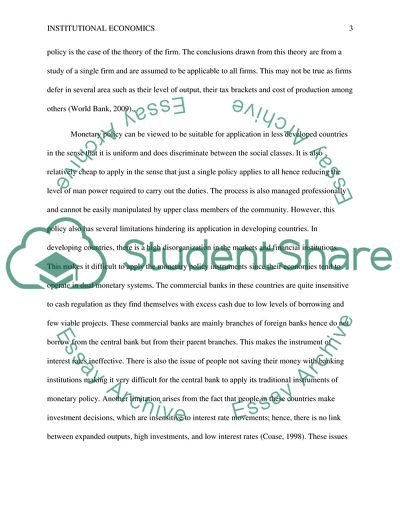Institutional economics Essay Example | Topics and Well Written Essays - 500 words. https://studentshare.org/macro-microeconomics/1773448-institutional-economics
Institutional Economics Essay Example | Topics and Well Written Essays - 500 Words. https://studentshare.org/macro-microeconomics/1773448-institutional-economics.


